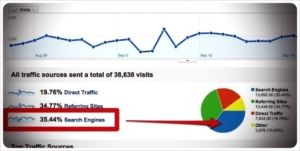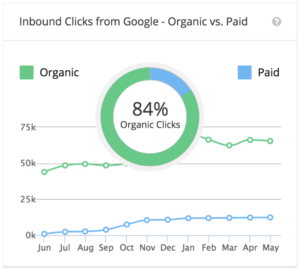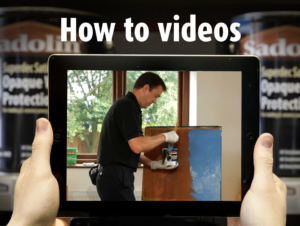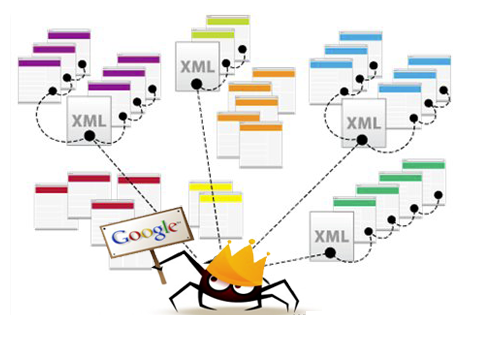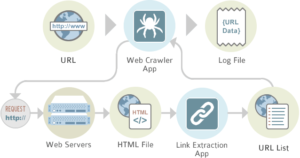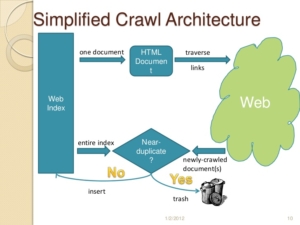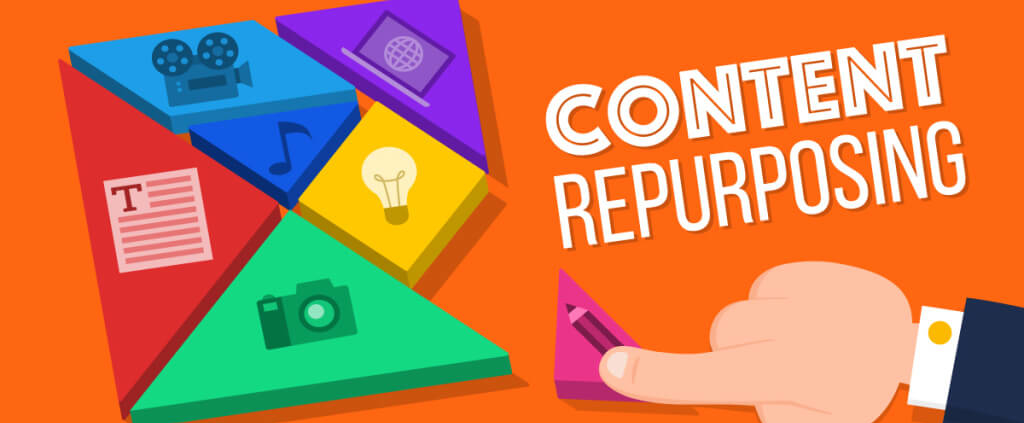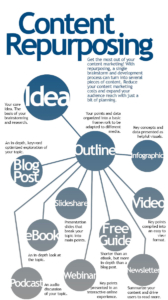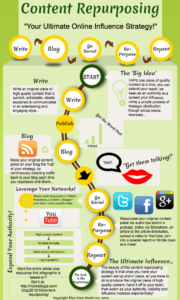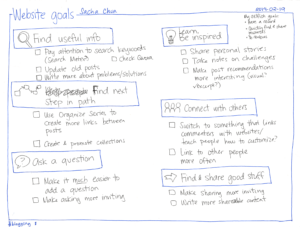Which is better for small businesses, organic traffic driven by Search Engine Optimization (SEO), or pay per click advertising?
- 70% of the time, searchers are clicking on organic links. Some surveys have shown that 70 – 80% of searchers purposely ignore the ad listings because they feel that paid ads = them being pressured to buy once they reach the site
This can be an advantage. If you are having a sale, an event, or you are running a weather or time-dependent service, then focusing on the 20 – 30% of users who happily click paid ads can eliminate most of the information seekers and tire-kickers.
Organic Traffic vs PPC
But, long term, relying solely on PPC can miss out on a huge portion of your potential customers.
- In many businesses, the close rate for SEO traffic climbs as high as 15%, while ad-driven leads close at less than 2%.
This varies by industry, but the numbers speak overwhelmingly in favor of organic traffic. The situation can flip when it comes to “emergency” services, i.e., plumbers on sub-zero nights, roofers during heavy rain storms. In those cases, they numbers even out. But, the rest of the time, organic heavily outperforms PPC.
Want the Most Leads and Sales? Use Both PPC and SEO
While organic out performs PPC in most cases, there are times when you need PPC ads to survive. The problem usually arises when small companies treat PPC as the holy grail, throwing money at it, hoping for the best.
The truth is that pay per click ads must be:
- Highly focused – use them during the best times, then get out of the market. If you’re having a sale, launching a new product or event, or you are offering a product or service that tie-in with the weather, time of year, or new-event, use PPC to leap-frog your competitors.
- Well written – most PPC ads are awful; poorly written and playing follow-the-leader. Would you send out a mailer that looks exactly like your competitor’s mailing? OF course not. Don’t waste capital on PPC ads if you’re unwilling to stand out
- Used to boost organic traffic – when you’re first starting, it can take a while to get the SEO/organic search ball rolling. PPC is very useful during this time because it brings in much needed traffic.
Combining focused, well written ads with a strong SEO platform will have your business accessing 100% of your potential customers, driving in new traffic and leads year-round.


